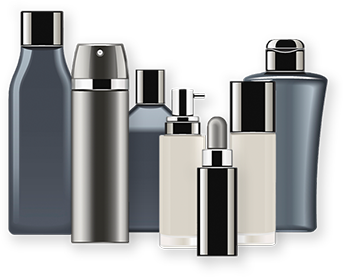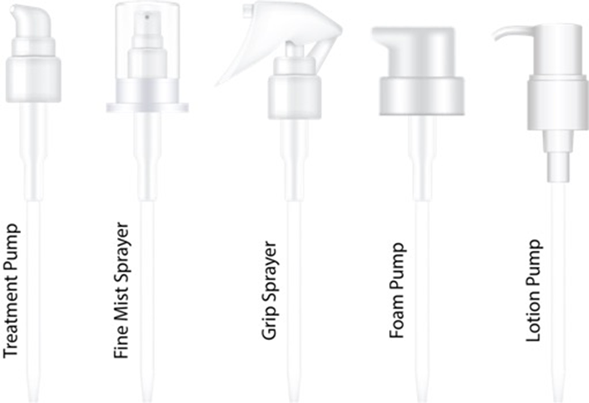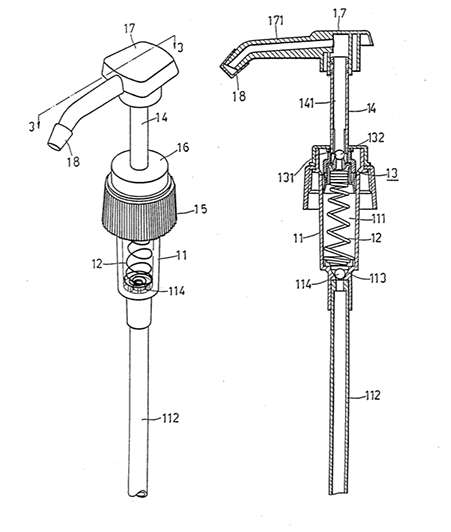Bottles are a popular container and come in various materials such as PET, HDPE, PETG. They are available in many shapes and styles and can be decorated with silk screen printing or labels.

Closures
When choosing the perfect closure for your new product make sure you consider where the product will be used, how much you want to dispense per use, and if your product needs to be kept out the reach of children. Testing a range of closures is recommended if you are uncertain which will be best for you.
4 Common Closures
There are four (4) common closure types which include:

Dispensers
Choosing the right dispenser for your project is a critical step in creating beautiful and effective packaging. You’ll need to consider the viscosity of your formula, the amount to be dispensed, and the surface you’re applying it to.
Dispenser Options
Chemical compatibility between your formula and metal or plastic components should also be considered when selecting a dispenser.

Pumps work by creating a high-pressure zone above the product and low-pressure zone inside the dispensing chamber. This draws the product up the dip tube and through the nozzle.
A small steel or plastic ball prevents the product from draining back out of the pump.


A locking collar can prevent your pump from being actuated accidentally.
Airless Pump Bottles

Airless pump bottles work by creating a low-pressure zone or vacuum above your product. This low pressure causes the piston to ascend pushing your product through the dispenser where it can be applied.
Key Benefit: Airless pumps prevent your formula from being exposed to air and potentially oxidizing, as well as providing excellent protection from bacteria and outside contamination.